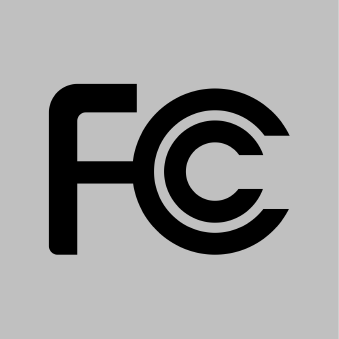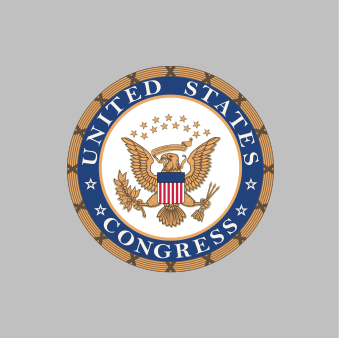Broadband Mapping
The Broadband DATA Act (DATA Act) passed by Congress in March of 2021 directs the FCC to publish a national broadband map to identify areas that need additional broadband funding. Unfortunately, the first version of the FCC’s National Broadband Map (Map) issued in November 2022 effectively excludes most CAIs, which could mean that CAIs are not eligible to receive upgrades to gigabit connectivity.
SHLB'S Advocacy
Comments of the Schools, Health & Libraries Broadband (SHLB) Coalition in
Response to NTIA’s Proposed BEAD Challenge Process Guidance
May 5, 2023
SHLB and ALA Ask the FCC to Put Anchor Institutions on the National Broadband Map
February 7,2023
Missing Pieces: How the FCC’s Broadband Map Misrepresents Public Libraries
January 28, 2023
Key Documents
|
|
|
March 2020 |
|



